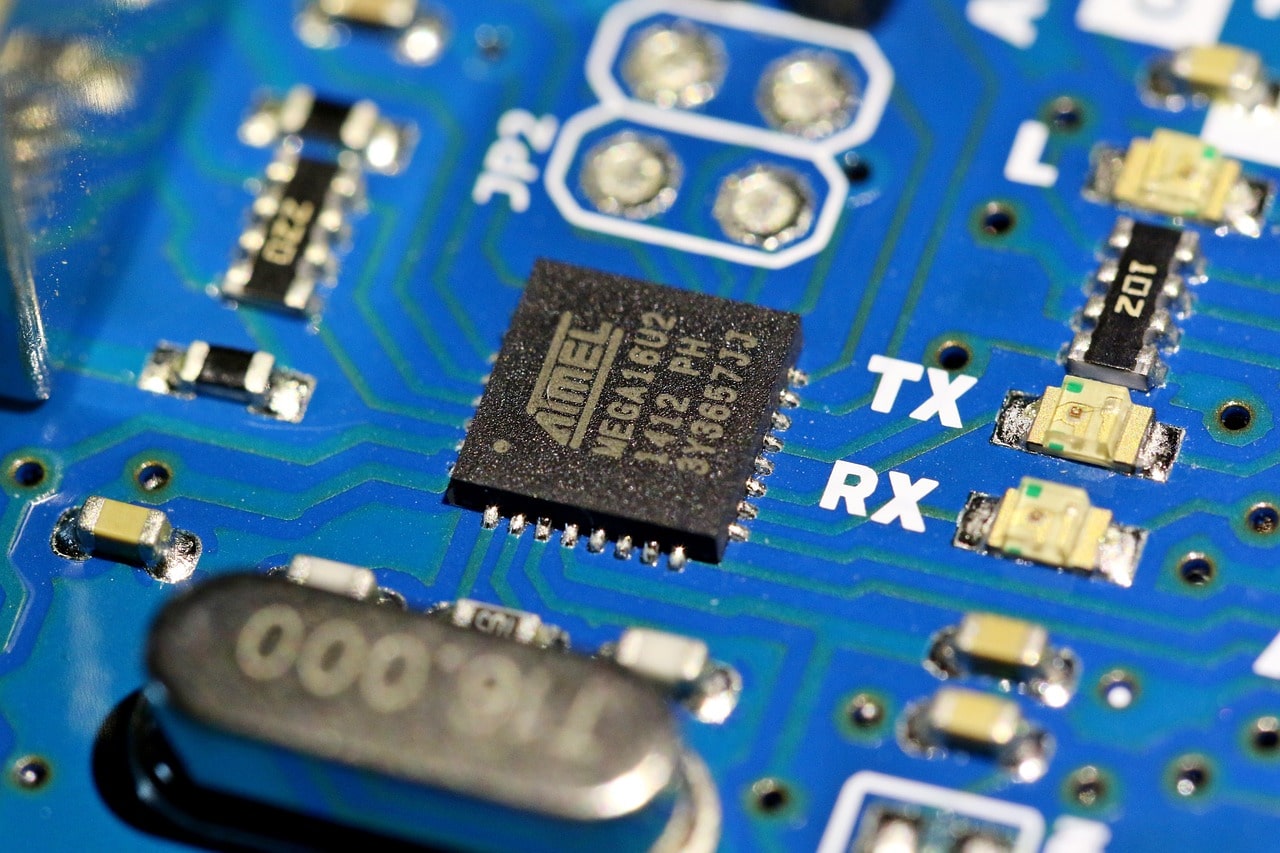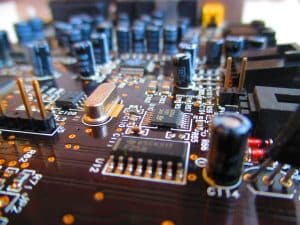Quantum Interference Devices: Wave Control
When it comes to modern technology, the field of quantum mechanics has been at the forefront of revolutionizing various industries. One such innovation is the development of Quantum Interference Devices (QIDs) that allow for the control and manipulation of waves in ways that were once thought impossible. In this article, we will delve deeper into the world of QIDs and explore how they are changing the game in terms of wave control.
The Basics of Quantum Interference Devices
Before we can fully understand the concept of QIDs, it is important to have a basic understanding of quantum mechanics. At its core, this branch of physics deals with particles at the atomic and subatomic level, including electrons, photons, and other microscopic particles. These particles behave in ways that can seem paradoxical, such as particles being in two places at once or existing in multiple states simultaneously.
Quantum Interference Devices are devices that utilize principles of quantum mechanics to control and manipulate waves. The most common type of QID is the Mach-Zehnder interferometer, which is made up of a series of beamsplitters and mirrors that allow waves to be split, redirected, and interfered with. This interference allows for the manipulation of waves in a precise and controlled manner.
The Advantages of Quantum Interference Devices
Unprecedented Precision
One of the most significant advantages of QIDs is their ability to manipulate waves with an unprecedented level of precision. Traditional methods of wave control, such as lenses and mirrors, are limited in their accuracy due to the diffraction of waves. However, QIDs can control waves at the subatomic level, allowing for much more precise and accurate manipulation.
Fast and Efficient Operation
In addition to their precision, QIDs also offer a significant advantage in terms of speed and efficiency. Traditional wave control methods can be time-consuming and require numerous components, whereas QIDs can be designed to perform multiple tasks simultaneously, allowing for faster and more efficient operation.
Potential for New Applications
The precise control and manipulation of waves offered by QIDs have opened up possibilities for new applications in various industries. In the medical field, QIDs are being used to develop cutting-edge imaging techniques, such as super-resolution microscopy, which allows for the visualization of structures at the subcellular level. QIDs are also being explored for use in quantum computers, which have the potential to revolutionize data processing and encryption.
Challenges and Future Developments
While QIDs offer exciting possibilities, there are still challenges that need to be addressed, such as manufacturing difficulties and the need for specialized environments to operate these devices. However, ongoing research and advancements in technology are continuously addressing these challenges, making QIDs more accessible and efficient to use.
In the future, we can expect to see QIDs being used in a wide range of applications, from quantum communication and computing to advanced biomedical imaging and sensing. As our understanding of quantum mechanics and technology continues to advance, QIDs are sure to play a significant role in shaping the future.
Conclusion
In conclusion, Quantum Interference Devices have opened up new possibilities for the control and manipulation of waves. By utilizing principles of quantum mechanics, these devices offer unprecedented precision and efficiency, paving the way for advancements in various industries. With ongoing research and development, we can expect to see QIDs play a crucial role in shaping the future of technology.









